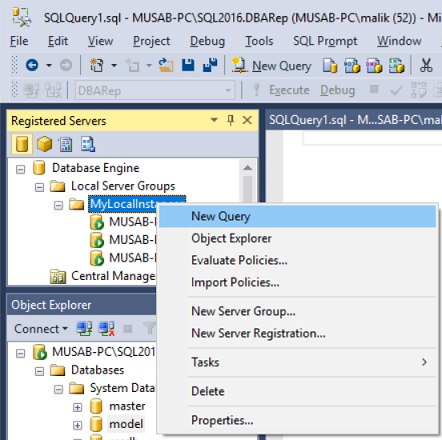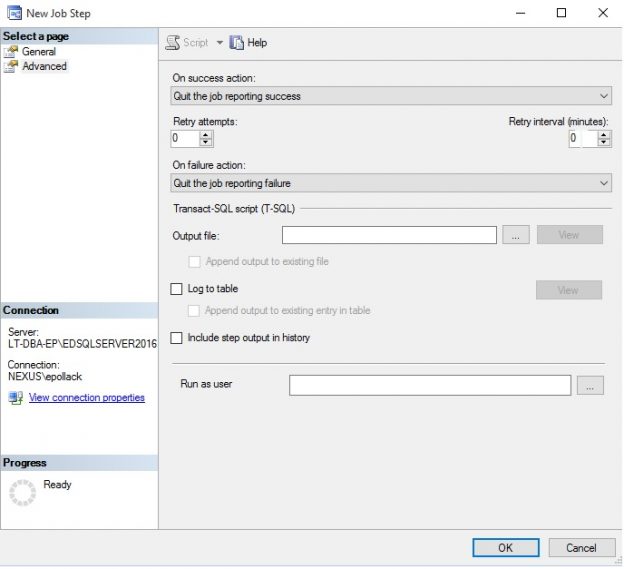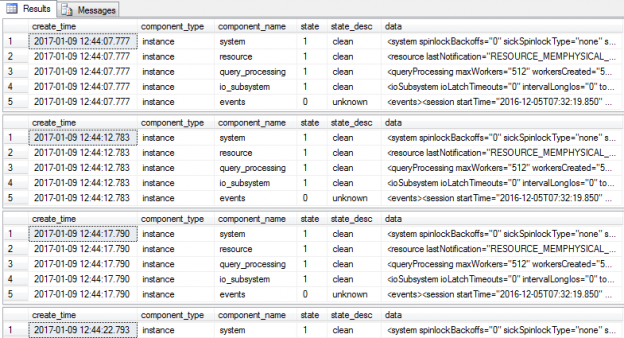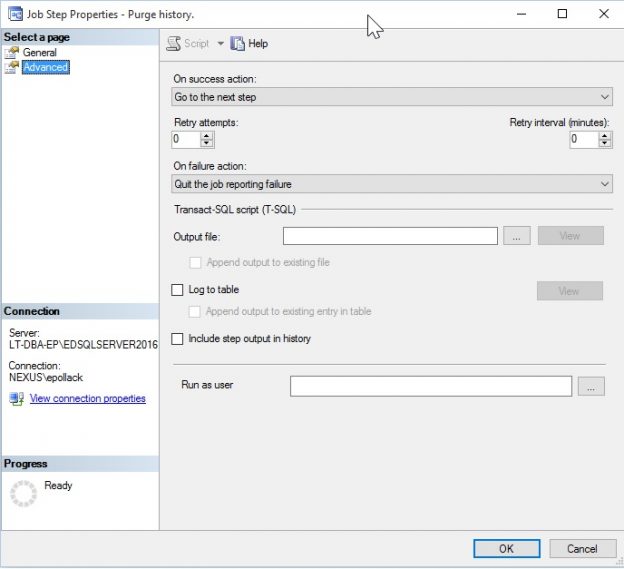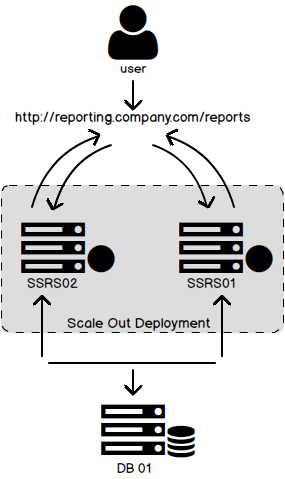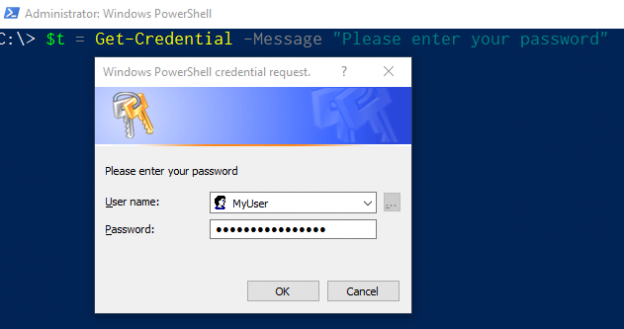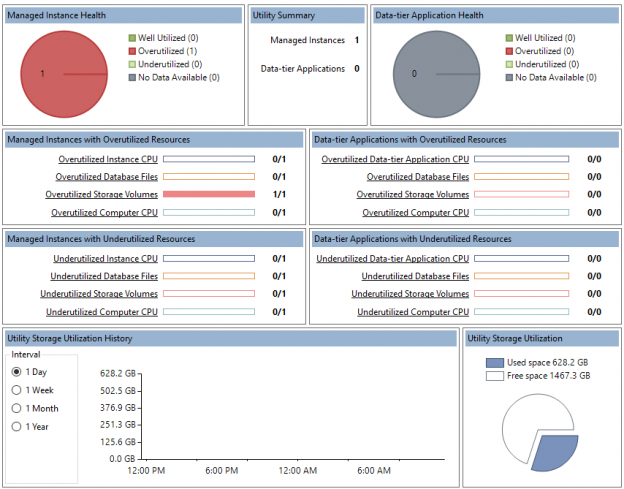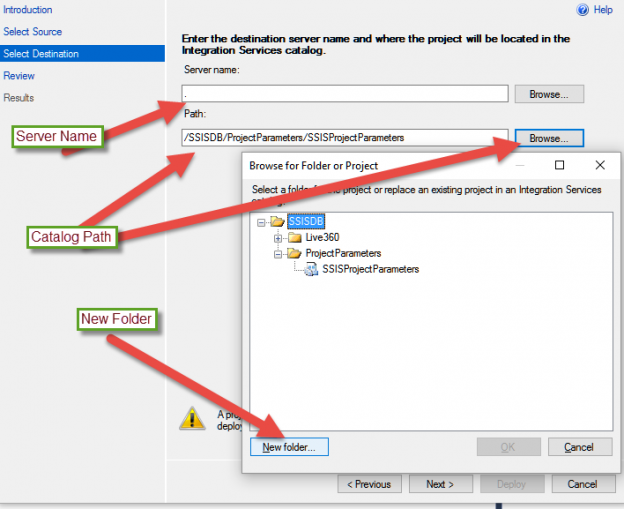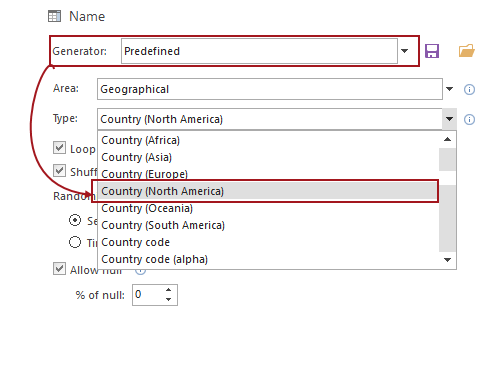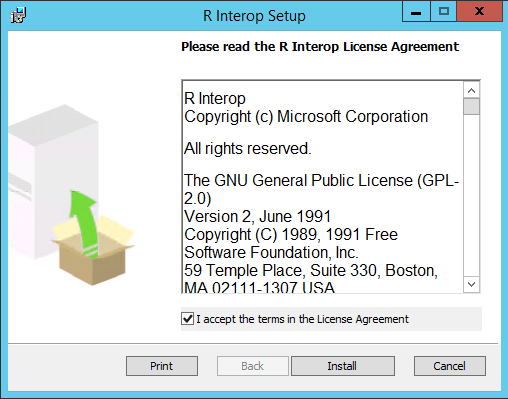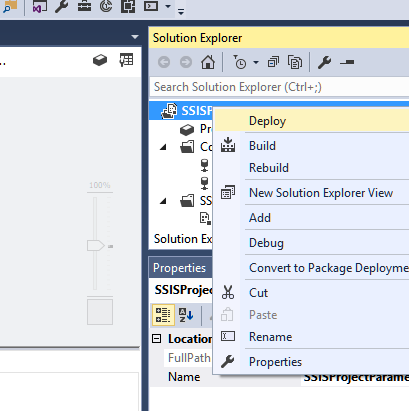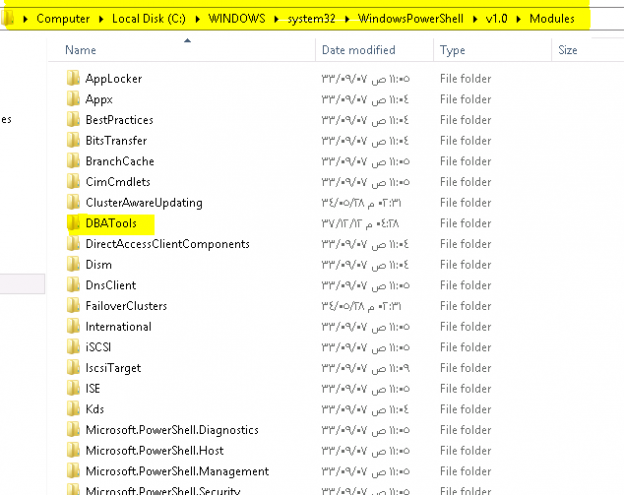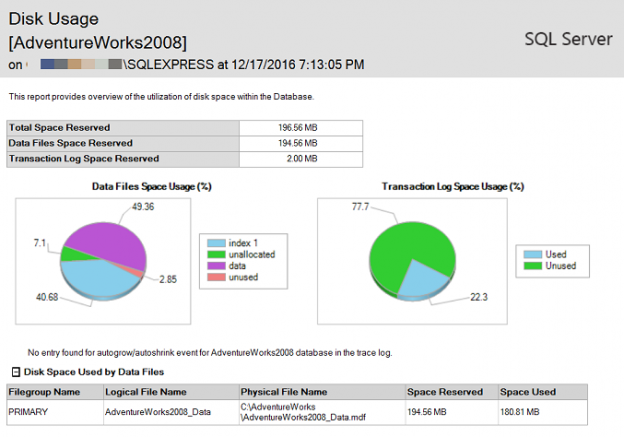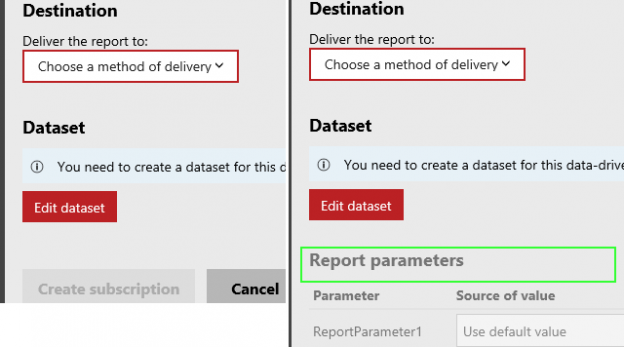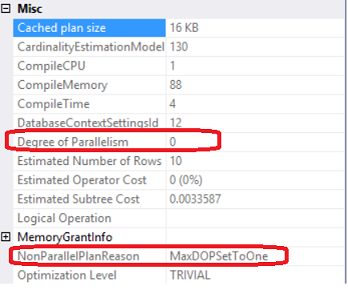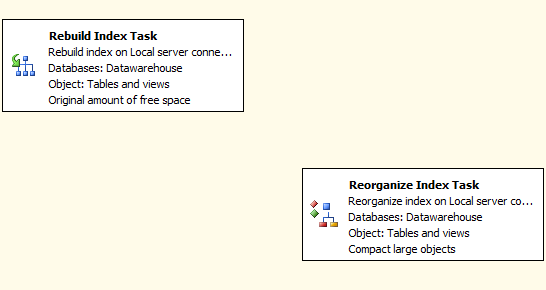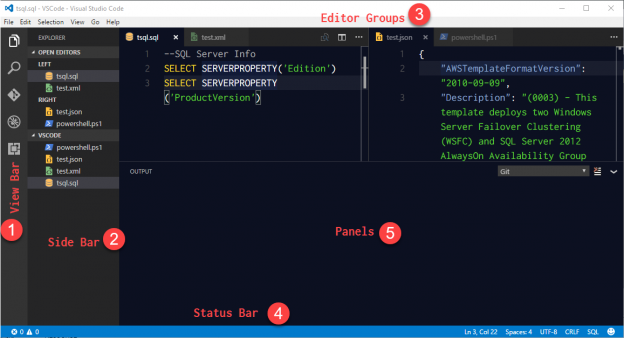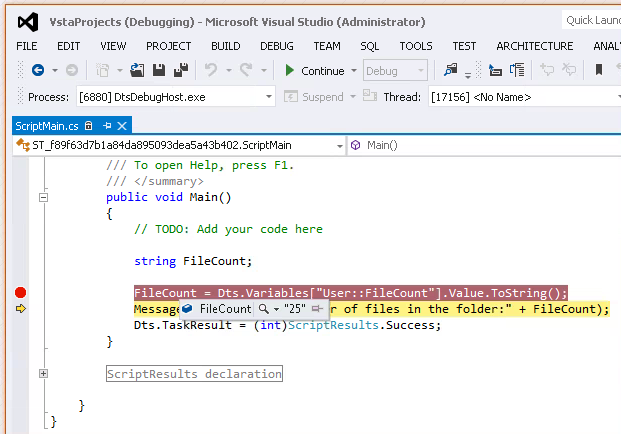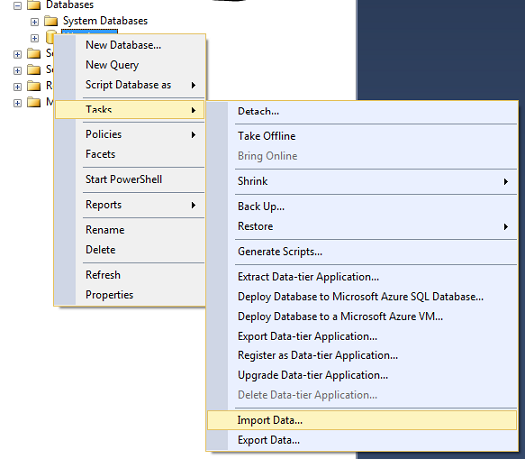Often we install SQL Server on clients or we get to clients where they have pre-installed SQL Server Instances. As a DBA we have the Primary responsibility of keeping the Database Up and Running. This responsibility leads to optimizing, performance tuning and many other stuff related to database’s internal objects. While keeping the other aspects in mind many of us have to go through the configuration of the newly installed or pre-installed but un-configured instances. Configuring SQL Server newly instances are not an easy task and a DBA might want to configure an Instance in many ways.
Read more »